The earliest record of fermentation dates back as far as 6000 B.C. in the Fertile Crescent!
Just about every civilization has since included at least one fermented food in its culinary heritage. In the past, fermentation was used solely as a way for food preservation. But now, we understand the important role fermented foods play in our overall well-being.
Today, nearly every grocery store is stocked with a wide variety of fermented dairy products, fruits, veggies, and even bread.
Probiotics and Fermented Foods
Probiotic bacteria are found in some fermented foods, supplements and have been shown to be crucial for bone health, among other things. If you missed it, check out our recent guide to pre and probiotics.
One common misconception is that probiotics and fermented foods are one and the same.
Officially, the World Health Organization (WHO) and the Food and Agricultural Organization defines probiotics as “living organisms, which when administered in adequate amounts confer health benefits on the host.”
So probiotics (pro = benefits biotic = living organisms) are a subset of all live microorganisms — and to be called a probiotic, the microbes have to have a proven effect on some aspect of health, such as reduction of diarrhea or another digestive symptom.
“Wild, uncharacterized mixtures of live microorganisms can be found in many different fermented foods, like kefir, miso, and unpasteurized sauerkraut and kimchi. Although these don’t technically fall under the category of probiotics, they can have health benefits just like [supplemental] probiotics,” says Kristina Campbell, science writer and author of the best-selling Well-Fed Gut Microbiome Cookbook.
It’s important to remember, though, that not all fermented foods contain live bacteria. Sometimes bacteria step in to do the fermentation work, transform the food into something that looks or tastes different, and then are killed off later — like in sourdough bread as well as chocolate and coffee.
Essentially, some fermented foods contain live microorganisms when you consume them, and some do not. And of the ones that do contain the live microorganisms, only a subset are officially considered probiotics — that is, if they have the WHO stamp of approval saying there’s clinical proof of their health benefits.
Fermented foods are a source of enzymes that can improve nutrient absorption and digestion, and therefore improve your gut health!
What Are Fermented Foods and Why Eat Them?
Fermentation can initially sound like a daunting task. However, the process is actually very simple for even a novice cook.
Fermenting is and has always been a great way to preserve foods, making the process a great budget-friendly source of vegetables in every season. But, consuming fermented foods on a regular basis can have positive health benefits as well.
Adding fermented foods to your diet allows for:
- Better nutrient absorption
- A good source of bone-healthy probiotics
- Improved digestive function
- Stronger immune system
Fermented foods are used in just about every culture across the globe as side dishes. This is partly due to their health benefits, but also the ease of creating them and of course, taste. Add a punch of salty flavor to your next meal with a fermented veg such as sauerkraut or kimchi.
But, what is fermentation and how does the process work to produce probiotics?
Fermentation in food processing is typically the conversion of carbohydrates to alcohol and carbon dioxide to organic acids using yeast, bacteria or a combination thereof through anaerobic conditions.
There are two types of fermentation. One uses microorganisms to create alcoholic beverages such as beer and wine. The other uses lactic acids as a preservation technique for foods such as sauerkraut, kimchi, yogurt, and sourdough bread which we’ll discuss below.
As far as probiotics, a small amount of probiotics are already living in your pre-fermented veggies. The fermentation process simply creates the right environment for existing probiotics to thrive and multiply.
When fermentation is done correctly, the process allows probiotics to grow in a couple of ways.
- Keeps oxygen away. Unlike other bacteria, probiotics don’t like oxygen much. When fermenting, you’ll use a special jar that gives the probiotics in your veggies a happy home free of oxygen. An oxygen-free zone also keeps ‘bad’ bacteria at bay.
- The Goldilocks temperature. Probiotics can be neither too warm or too cold. For good bacteria to thrive during the fermentation process, you’ll need to keep the temperature in a cool dry place (approx 68-72 degrees Fahrenheit/ 20-22 Celsius).
Try incorporating some of the easy to follow recipes which can be found further in this article. Your whole family is sure to love the unique flavors and you’ll love the fact that they’re good for their overall well-being.
11 Common Fermented Food Products List
While most research focuses on fermented dairy products, there are plenty of ways to get bone-healthy probiotics through non-dairy fermented foods like vegetables.
We’ve created a comprehensive fermented food list that has a variety of options for you to choose from. Add plenty of good bacteria to your diet with your favorite fermented foods. Most are easily accessible in stores or you can experiment creating them at home on your own.
Kombucha: Kombucha is a sweetened, fermented tea (typically made from black or green tea). When done properly, kombucha should have a slightly vinegary taste. This functional beverage is known to be associated with health benefits and has gained popularity in recent years. Due to its antimicrobial properties, kombucha is safe for home-brewing. Check out our article on how to make kombucha at home.
Shrubs: This pleasingly tart beverage is packed with probiotics. Initially, shrubs (also known as drinking vinegars) were created as a preventative measure against spoiled fruit. Now, shrubs are used nationwide as a cocktail mixer. Shrubs can be made from any soft, ripe fruit including citrus fruits, apples, berries, peaches, nectarines, and apricots. Want to make shrubs at home?
Yogurt and Kefir: Both yogurt and milk kefir are high in calcium and fiber. They’re both cultured dairy products that start out in similar ways. While yogurt has a mild to tangy flavor, milk kefir has a more sour taste and is generally consumed as a drink rather than eaten with a spoon. Yogurt is vastly more popular than kefir and can typically be found in any grocery store. Note: It’s important that the yogurt has not been processed in such a way (heated and it’s probiotics killed). You can also find cottage cheese that still has live probiotics. Check the labels – you want LIVE probiotics on the label and the quality products will typically list the number of organisms.
Sauerkraut: Sauerkraut is a simple fermented dish made with cabbage and salt. It has a tangy vinegary flavor that pairs well with many Eastern European dishes. Due to the fermentation process, sauerkraut offers nutrition and health benefits much greater than traditional cabbage can give you such as improved digestion.
Kimchi: This popular tabletop condiment in Korea has gained popularity all over the world. Kimchi is packed with Vitamins A, B, and C as well as various probiotic strains. This dish isn’t for the weak of heart though. Aside from the main ingredient cabbage, it’s a pungent mix of garlic, salt, vinegar, chili peppers, and other spices. Read: Spicy!
Miso: Miso is a mixture of soybean, rice, or barley that has been fermented into a paste with salt, water, and fungus (the good kind!). It’s got an incredibly healthy dose of protein, vitamins, and minerals. You may have heard of miso soup, but a tablespoon of miso can also be added to your homemade soups as a broth concentrate, used as a poultry rub, or in a wide variety of sauces. Just don’t go too crazy with this super salty paste! Note: When properly made, the miso is added after the soup has been taken off the heat in order to keep its beneficial probiotics intact.

[embed_infographic title=”11 Healthy Fermented Foods” alt=”11 Healthy Fermented Foods” src=”https://blog.algaecal.com/wp-content/uploads/fermented.png”]
Natto: Let’s be honest. If you can get beyond the looks, you’ve still got to contend with the stinkiness of this bone-healthy fermented food. Natto is a fermented soybean condiment that’s widely popular in Japan and other Asian cultures. Once you get past the look and smell, you might actually enjoy this savory, slightly salty treat with hints of barbeque (yes, BBQ). Natto is an incredible source of Vitamin K2 in its long-lasting form in the body, MK-7, which is vital for healthy bones. So, close your eyes and open wide!
Cheeses: Cheese is a great source of calcium, minerals, and probiotics making it a good choice for those looking to lower their risk for bone loss. Not all cheeses provide a good source of probiotics though. When looking for bone-healthy cheese try soft, fermented cheeses such as cheddar, gouda, Swiss, and parmesan. Emmentaler and some blue cheeses will also provide vitamin K2.
Indian Chutneys: Chutneys are an incredibly versatile fermented food that can be found on every tabletop throughout India. They started out as a preservation technique and can be made from anything from herbs to fruit, and even vegetables. Indian chutneys can be smooth or chunky and range in flavors from sweet to spicy. One thing is for sure though, they’re full of flavor. Add them to any dish for a healthy dose of good bacteria.
Sourdough: Sourdough bread is made through a fermentation process known as leavening. As the grain ferments, gas is produced and expelled making the bread rise. Sourdough is a good source of lactic acid bacteria which is often found in fermented dairy products. Many people enjoy the slightly tangy flavor of sourdough but be aware, some store bought sourdoughs might not be as beneficial as homemade varieties. And, gluten-free grains can also be used to make sourdough.
Tempeh: Tempeh is an Indonesian dish that’s similar to tofu. You guessed it, it’s made from soybeans! Tempeh or tempe is a great source of vegetable protein and fiber making it a wonderful meat substitute for vegetarians and vegans. Bonus: Tempeh is packed with bone-healthy minerals such as magnesium, calcium, and iron. Slice it, dice it, or crumble it just like you would tofu. You’ll enjoy the versatility of this slightly nutty fermented food.
5 Fermented Recipes You Can Make at Home
Let’s take a look at some healthy probiotic foods you can make from the comfort of your own home. The great thing about fermented foods is you can easily make them at home with household ingredients.
Don’t be afraid to make these recipes your own. After the first round, you can easily adjust flavors and salt levels to suit your liking.

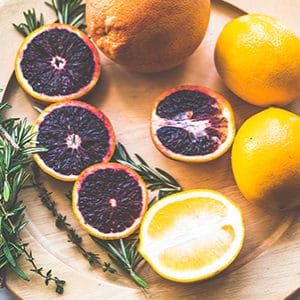
Kimchi
Ingredients
- 1 medium napa cabbage
- water
- 6 gloves garlic grated
- 1 knob ginger grated
- 1 tsp sugar
- 1/4 cup salt kosher
- 2-3 tbsp red pepper flakes Korean (also known as gochugaru)
- 4 scallions
- 1 large daikon peeled and cut into matchsticks (about one cup)
Instructions
- Slice the napa cabbage and cut into quarters lengthwise. Then remove the cores. Cut each quarter into 2-inch wide strips.
- Salt the napa cabbage and place in a large bowl. Then, massage the salt into the cabbage so it begins to soften. Add enough water to cover the cabbage and place a bowl or plate on top to weigh it down. Let it sit for 1-2 hours.
- Rinse the napa cabbage under cold water a few times. Then drain it.
- Combine garlic, ginger, sugar and 2 tbsp. of water in a small bowl and mix to form a paste. Mix in your Korean red pepper flakes.
- Combine the paste with the cabbage, daikon, and scallions.
- Use your hands (gloves optional) begin to work the paste into the veggies until coated.
- Pack your kimchi into a glass jar and press down until liquid covers the veggies. Leave some space at the top (about one inch) and then tighten your jar lid on top.
- Let it sit at room temperature for 2-5 days.
- Check your kimchi once a day and press down on your veggies with a spoon to keep them submerged in the liquid. When the kimchi is to your liking, transfer to the fridge!
Nutrition
Benefits:
This yummy fermented food is rich in Vitamin A and C. It also contains lactobacilli bacteria which is a veggie probiotic that’s very similar to those found in dairy products. If you’re vegan, vegetarian, or lactose intolerant, kimchi might make a good addition to your diet.
By fermenting the cruciferous veggies found in kimchi, you’re boosting the functionality of them.
Research has shown that kimchi has the following health benefits among others; anticancer properties, anti-obesity, anti-constipation, improved immune function, cholesterol reduction, brain health function, anti-aging properties, and skin health promotion.
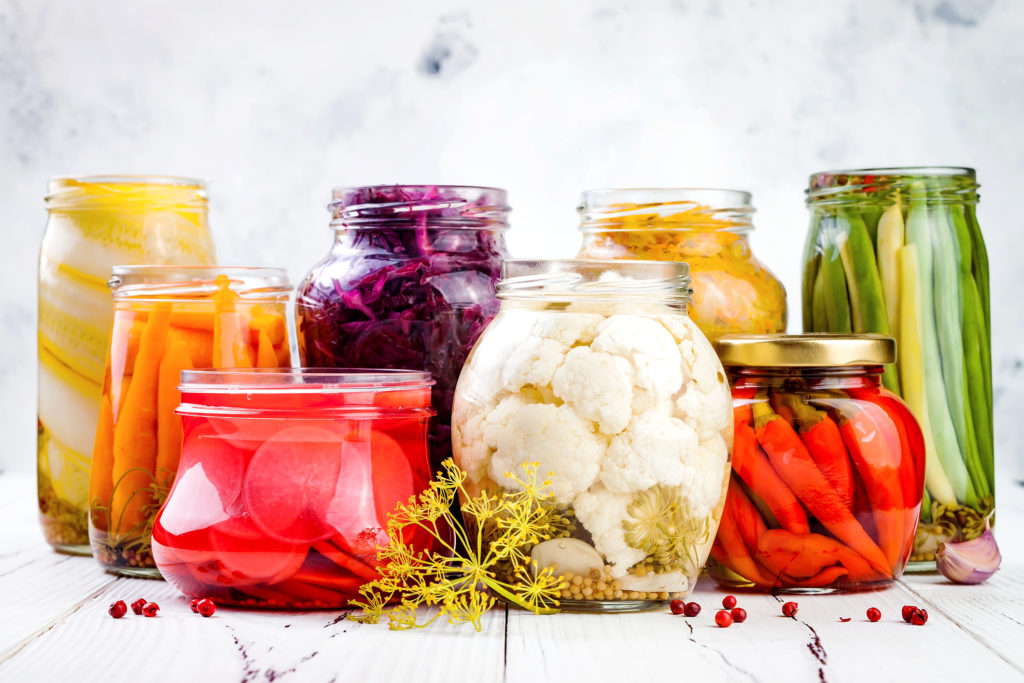

Sauerkraut or Other Pickled Veggies
Ingredients
- 1-2 tsp salt kosher
- 1 medium green cabbage
- 1-2 tbsp caraway seeds optional
Instructions
- Slice your cabbage into thin ribbons
- Place the sliced cabbage into a mixing bowl and sprinkle the salt on top. Using clean hands, massage the salt into the cabbage (by squeezing the cabbage).
- After 5 to 10 minutes the cabbage will become watery and limp. For any additional flavorings (caraway seeds), add them in now.
- Pack your cabbage into a glass jar. And every few handfuls, tamp the cabbage down into the jar with your fist. Also, pour any liquid into the mixing bowl into the jar.
- Weigh your cabbage down so it is submerged in the liquid. This can be done using a smaller glass jar or clean marbles.
- Cover the jar with a cheesecloth and secure with a rubber band.
- Tamp the cabbage down every few hours. Press down on your jar as the cabbage will start to release more liquid.
- If needed, add extra liquid so that your cabbage is fully submerged if the liquid has not risen after 24 hours. Do this by mixing one cup of water with 1 tsp. of salt and slowly adding to your jar until your cabbage is submerged.
- Ferment your cabbage! Keep your glass jar away from direct sunlight and in a cool place. Between 65 – 75 degrees Fahrenheit for 4-10 days. After the 4th day, you can taste it. It’s ready when it’s slightly sour and tastes good to you.
- Then screw on your cap and refrigerate for up to several months!
Notes
Nutrition
Benefits:
The fermentation process involved with sauerkraut brings out the best in the main component; cabbage. Sauerkraut is high in dietary fiber, Vitamin K2 and is a good source of minerals such as manganese, copper, magnesium, and calcium.
Probiotics found in sauerkraut help with the digestion and metabolism of these bone-healthy minerals. Vitamin K2 plays an important role in better bone health. K2 works to activate two proteins that help bind calcium giving you stronger bones.
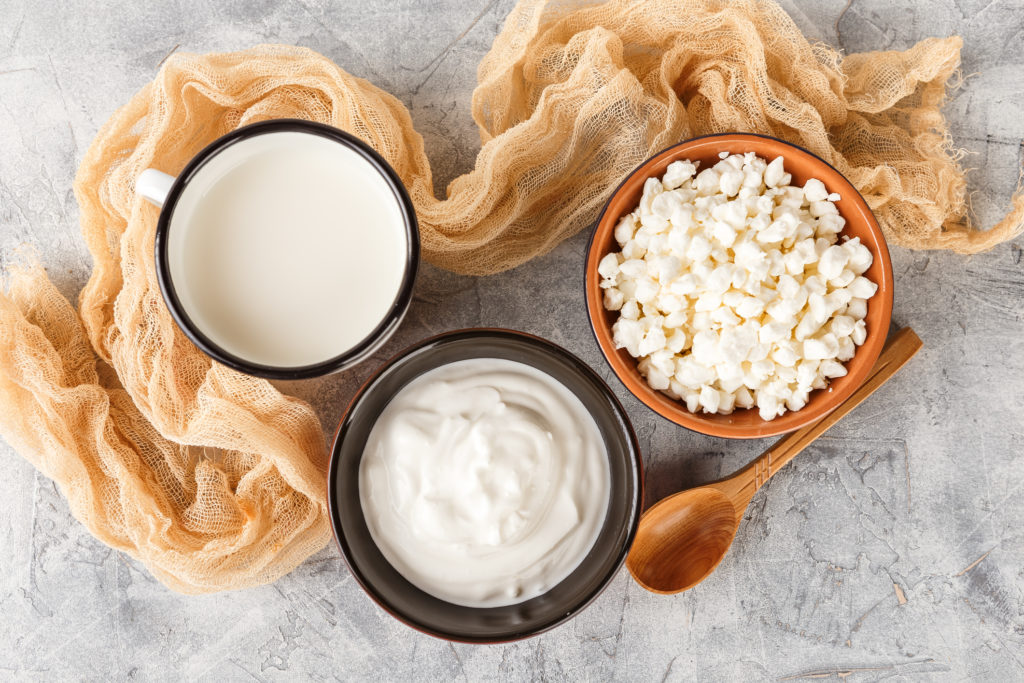

Kefir
Ingredients
- 1-2 tsp kefir grains active (the best is to get it from a friend who is already making kefir!)
- 1 cup milk cow or goat milk (go for full-fat, preferably)
Instructions
- Combine the kefir grains and your milk in a glass jar.
- Cover the jar with a cheesecloth and secure it with a rubber band. Store at room temperature (70 degrees Fahrenheit) and away from sunlight.
- Let it ferment for 12-48 hours. When your milk is thick and tastes tangy, it’s ready.
- Strain your kefir grains and place into a new batch of milk.
- Store your finished kefir in the refrigerator and enjoy!
Notes
Nutrition
Benefits:
Kefir is easily digestible and is high in calcium, protein, and fiber. Because of this, it’s ideal for nursing mothers, pregnant women, and the elderly to create strong bones. Milk kefir provides a great source of calcium as well as the good bacterias lactobacillus and bifidobacteria.
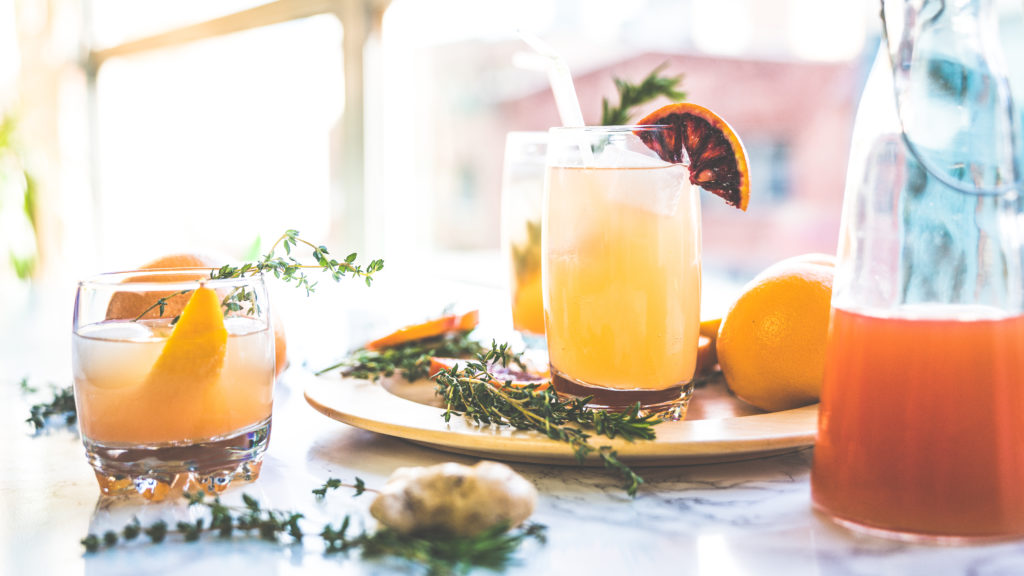
Shrubs
Shrubs are a pleasingly tart fermented beverage created from a mixture of soft, ripe fruit such as berries, peaches, nectarines, and apricots. Long ago, shrubs were the only way to consume non-seasonal fruit all year long.
Shrubs are also known as drinking vinegars due to their tart flavor. These days, shrubs are making an appearance in the cocktail scene in many trendy bars and restaurants. However, they can easily be made at home with your favorite seasonal fruits.
Whether you enjoy them in your next cocktail (non-alcoholic or alcoholic) or add them to a sauce or salad dressing, they’re sure to be a hit. Plus, they’re good for you!
Check out our Tart Cherry and Citrus Ginger Shrub Recipes.
Benefits:
Shrubs use a similar fermentation process as mineral water which is a great source of minerals (duh!) and calcium.
Drinking this fermented fruit beverage is better for you than sugary, processed sodas. And, depending on the recipe, the ingredients could be boosting your overall bone-health benefits.
Many shrub recipes include specific probiotics that are known to break down and metabolize calcium and other bone-healthy minerals.
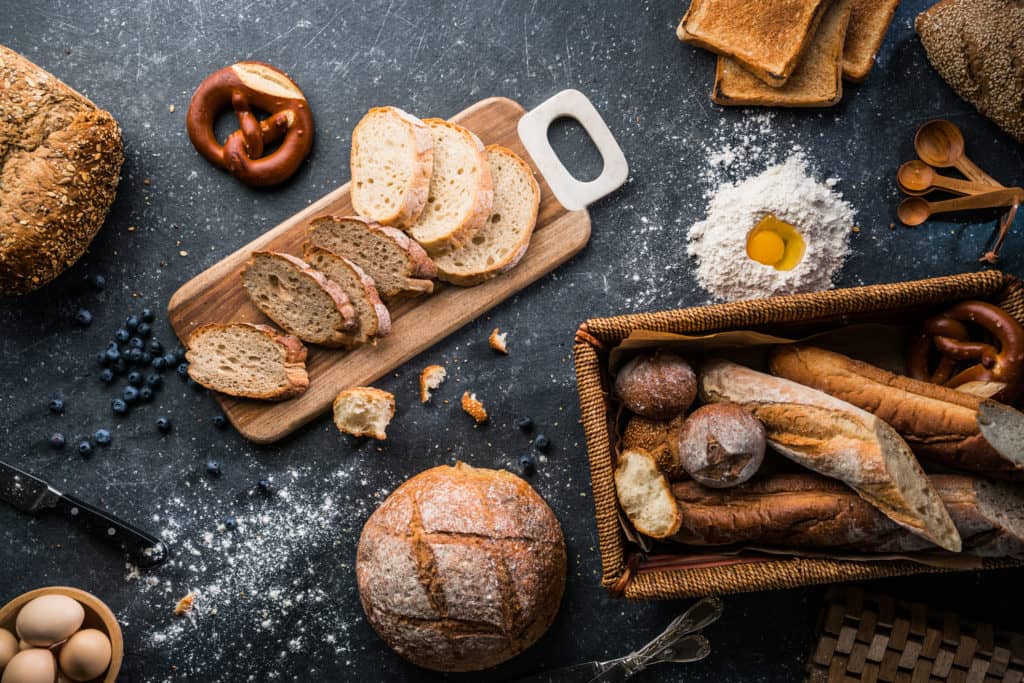
Gluten-Free Sourdough
Sourdough bread is easier for our bodies to digest than traditional bread due to the pre and probiotics found within. Sourdough bread is made through a process known as leavening which is a type of grain fermentation.
This slightly tangy bread is great eaten on its own with olive oil but also makes good sandwiches and pairs well with many pasta dishes.
Because store-bought sourdough bread doesn’t necessarily contain the probiotics you’re looking for and wheat flour is loaded with gluten, a protein that can greatly increase inflammation, we’ve included this unique gluten-free sourdough recipe to our list. And, it’s more nutritious too!
Check out Lara Pizzorno’s Gluten-Free Sourdough Recipe.
Benefits:
Not only is sourdough loaded with many nutrients your bones require, (as the nutrient lists show), but the fermentation process that creates sourdough also:
- Pre-digests the grains and degrades the phytates they contain, which releases phytate-bound minerals makes them much more bioavailable.
- Produces gut-friendly lactobacillus bacteria, which not only crowd out unfriendly bacteria that wreak havoc in the digestive tract but produce B12 and other B vitamins, improve immune function and lessen inflammation.
- Produces acetic acid, which in addition to being responsible for the unique flavor of sourdough, is a natural preservative that inhibits the growth of mold, so your sourdough will stay fresh longer – in the unlikely event any is still around after a couple of days.
Takeaways
Fermenting certain foods can bring out the best in them. They taste great, keep (nearly) forever, and naturally work to promote vibrant health.
Add some of these tasty fermented foods to your daily routine with the easy to follow recipes provided. Soon, you’ll be a fermentation guru and put your own unique spin on each.
Have a recipe or suggestion we missed? Comment below and tell us what your favorite fermented foods are along with your family recipe. We’d love to see what you come up with!
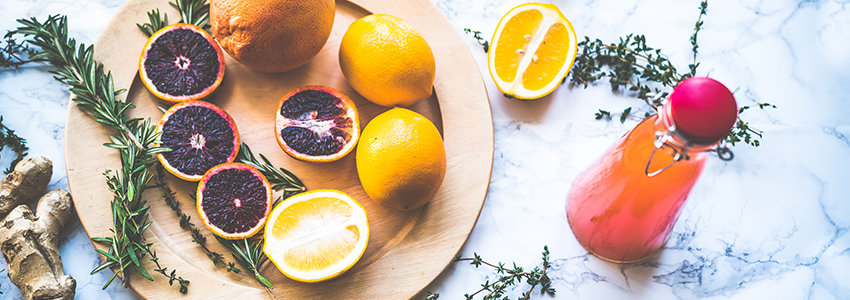




pattii
December 9, 2017 , 7:34 amI had hope that Beer was listed as one of the options. Darn. 😉